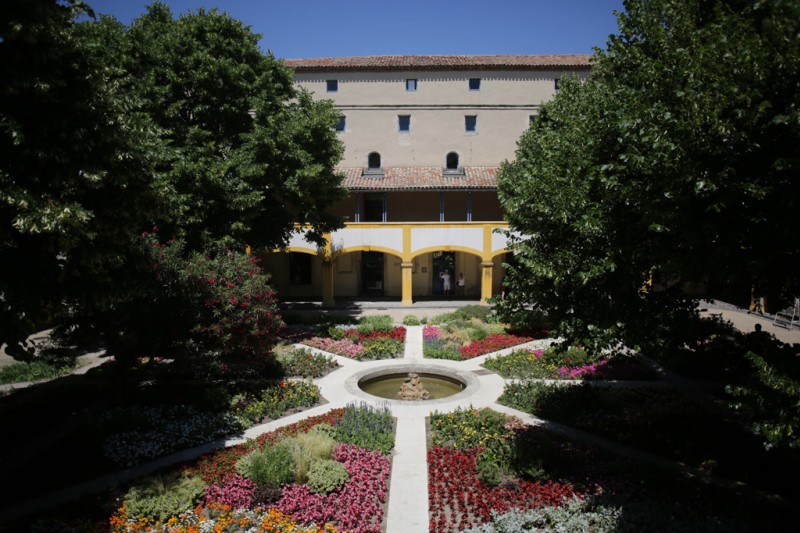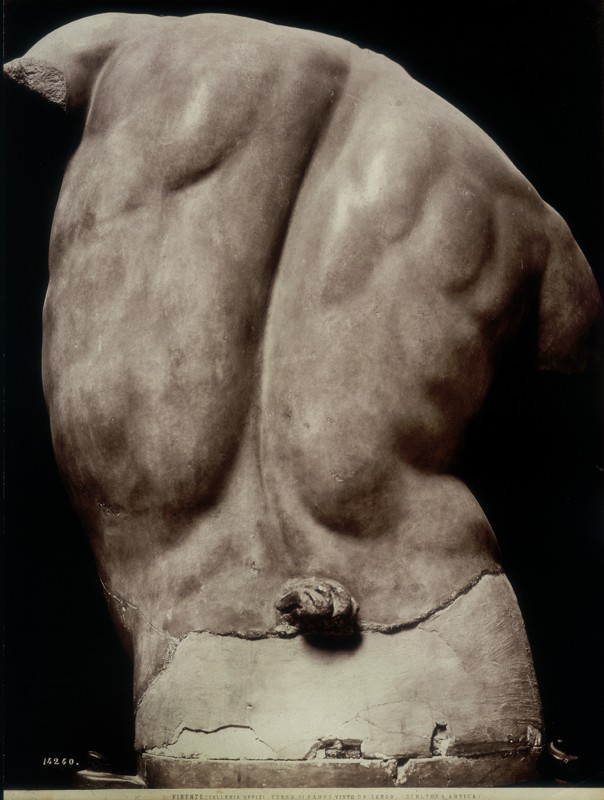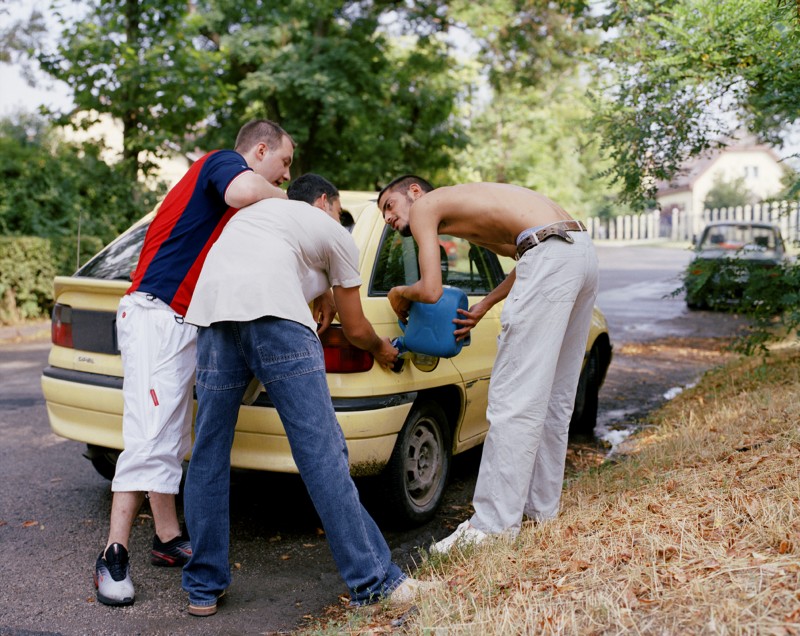Home → EXHIBITIONS 2012 → Collections, commissaires d'exposition diplômés de l'ENSP → Model bodies: the fashion crux
Edition 2012
Musée Galliera, musée de la mode de la ville de Paris
Model bodies: the fashion crux
The model is one of the vital cogs in the couture house and fashion brands, reproduced ad infinitum from the earliest nineteenth century fashion illustrations through today’s magazines, advertising slots and videos. Shaped by and for fashion, she embodies all the contradictions of an industry torn between business and creativity and chronically committed to producing images. Models were once called ‘mannequins’, a borrowing from French and initially a reference to the wickerwork dummies used to display garments in the dressmaker’s workshop and in front of the camera. When applied to living models the term kept its implication of an ‘inanimate object’ existing to call potential buyers’ attention to the garment. The model has been tirelessly promoted as a feminine ideal of youth and beauty, an artificial embodiment of perfection intended to win over the clientele. In response to the fashion economy’s need for profitability, it has been reduced to a specific format, moulded with makeup and retouching. A pure product of her era, the model as model body must meet physical and aesthetic requirements, which, as part of a specific commercial context, leave little or no room for individuality or realism. Beginning in the early twentieth century, society women and actresses were long fashion’s ongoing icons, endowing brands and magazines with the benefits of their fame. It was only later that the faces and names of professional models became generally known, revealed by the couturiers and photographers whose muses they were. As stars they were instruments for selling the glossies. Recognisable but malleable, they adopted fictional roles under the stage-management of photographers whose fantasies they embodied beyond the world of fashion. From the anonymous model to the cover girl, from the clothes horse to the sex symbol, from the supermodel to the girl next door: ambivalence is all in the sheer mass of photographs that photographic collections question the model’s commercial, aesthetic and human worth, and the stereotypes it represents.
Sylvie Lécallier, exhibition curator and coordinator of the Musée Galliera photography collection
Sylvie Lécallier, exhibition curator and coordinator of the Musée Galliera photography collection
Exhibition organised in collaboration with the Musée Galliera, Musée de la Mode de la Ville de Paris.
Framing by Circad, Paris.
Exhibition venue: Espace Van Gogh.
Exhibition organised in collaboration with the Musée Galliera, Musée de la Mode de la Ville de Paris.Framing by Circad, Paris.
Exhibition venue: Espace Van Gogh.










